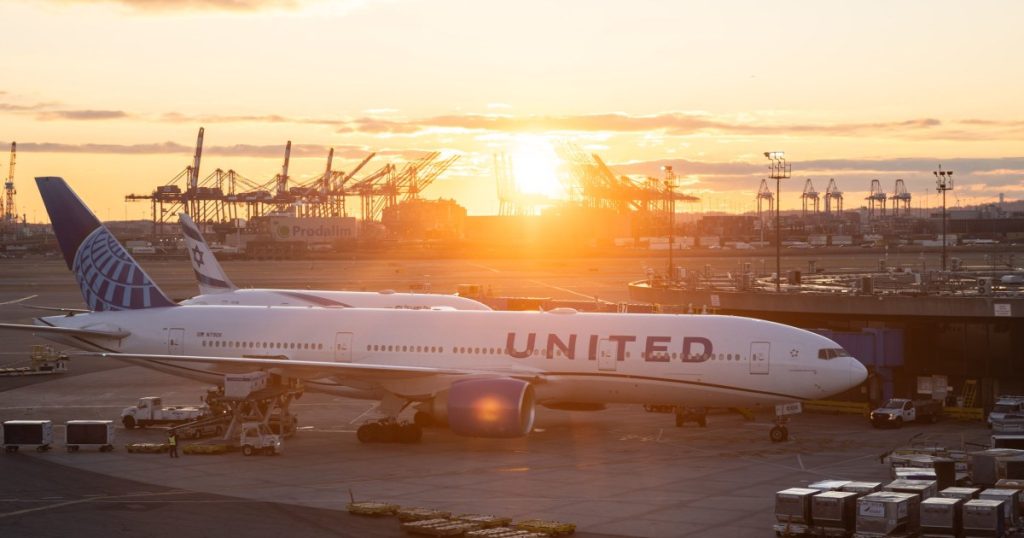The U.S. passenger airline industry has experienced significant job growth since 2021, adding nearly 194,000 jobs as companies recovered from the pandemic slump. However, the industry is now cooling its hiring due to various challenges. These include a surplus of flights leading to lower fares and reduced profits, moderated demand growth, delivery delays from aircraft manufacturers, engine shortages, and increased labor costs after new contracts with higher wages were signed by pilot and mechanic groups.
Costs at U.S. airlines have risen by double-digit percentages since 2019, with some carriers experiencing increases of over 30%. To combat these rising costs, airlines are reevaluating their hiring practices. Spirit Airlines recently furloughed 186 pilots, while Frontier Airlines and Southwest Airlines are offering voluntary leaves of absence and halting hiring classes to reduce staffing levels. United Airlines, which paused pilot hiring earlier, plans to add fewer employees this year compared to previous years.
In response to the challenges facing the industry, airlines are adapting their hiring practices and cost-cutting measures. Despite the slowdown in hiring, demand for travel remains strong, and students continue to pursue careers as pilots. While airlines are currently facing a pilot shortage, the overall outlook for the industry in terms of employment remains positive, with airlines expected to continue hiring at a steady pace in the near future.
The downturn in hiring across the airline industry marks a significant shift from previous years when companies were struggling to meet the demand for employees. The COVID-19 pandemic forced airlines to reduce their workforce, but the rapid rebound in travel demand caught many carriers off guard, leading to shortages in experienced employees like customer service agents and pilots. To attract pilots, especially at regional carriers, airlines offered substantial bonuses, but as demand has waned and companies look to cut costs, the competition for pilots has decreased.
Despite the challenges faced by the airline industry, the overall outlook for employment in the sector remains positive. Airlines are adjusting their hiring practices in response to various factors like rising costs, supply chain issues, and changing market conditions. While some carriers have scaled back on hiring or implemented cost-cutting measures, the long-term demand for air travel continues to fuel interest in the profession, with students continuing to train and build hours to become pilots. The industry is expected to navigate through the current challenges and continue to hire employees to meet the growing demand for air travel.


